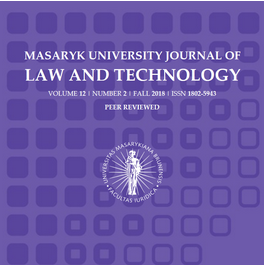Digitisation, Cultural Institutions and Intellectual Property
Digitisation, Cultural Institutions and Intellectual Property
Author(s): Radim PolčákSubject(s): Law, Constitution, Jurisprudence, Public Administration, Culture and social structure , ICT Information and Communications Technologies
Published by: Masarykova univerzita nakladatelství
Keywords: Intellectual Property; Public Sector Information; GLAM Institutions; Digitisation;
Summary/Abstract: Digitisation of cultural content represents one of most challenging problems of contemporary IP law. Cultural artefacts, let it be books, paintings or 3D objects, are often very old, so there are no issues in copyright protection of their content. However, the public availability of such content is in these cases strongly limited namely due to physical conditions of the carriers and subsequent conservation demands. Digitisation might serve here as powerful enabler of re-use of these works that are frequently of enormous cultural value. On the other hand, getting useful (and re-usable) digital images of 2D or 3D cultural objects means to invest into advanced technologies that are able to capture the respective content while protecting its fragile carriers from physical damage or destruction. Consequently, there is a need for business models that can motivate investors by offering them valuable consideration for such efforts. Recently, such business models are based namely on exclusive agreements between digitisers and cultural institutions that, together with specific copyright protection of digitised images in some jurisdictions, create new form of legal barriers to re-use of even very old cultural content. The paper critically discusses these new restrictive legal instruments namely in the light of the revised PSI re-use directive.
Journal: Masaryk University Journal of Law and Technology
- Issue Year: 9/2015
- Issue No: 2
- Page Range: 121-141
- Page Count: 21
- Language: English

